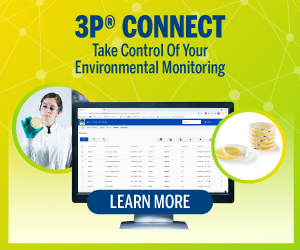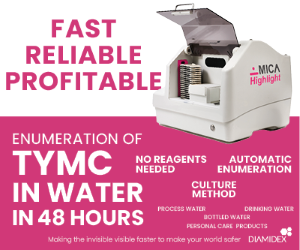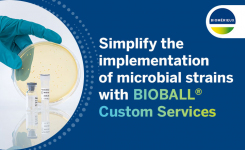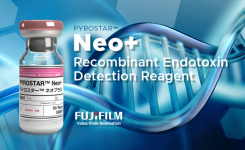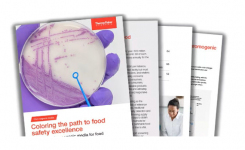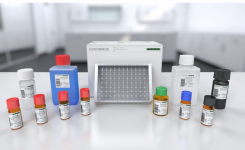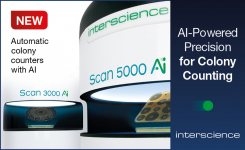Improved Haemolysis Test For Listeria Identification
go back to news archives| | The detection of the haemolytic activity is fundamental to the identification of Listeria species (in particular L. monocytogenes and L. ivanovii). |
| The haemolysin test is simply performed by adding 1 drop of the specially stabilized sheep red blood cells comprising the haemolysin reagent to the last well (well 12) of the Microgen® Listeria ID test panel. If the organism being identified produces haemolysin, the red blood cells will rapidly be lysed and the cellular contents released into the suspending medium and the contents of the well will appear as a homogeneous red/ brown solution. |
Source : Microgen Bioproducts Ltd. View Company Information
Posted on July 21, 2004
LATEST MICROBIOLOGY NEWS
-
AOAC Validated iQ-Check Vibrio PCR Kit
01 Apr 2025 -
AI-Powered Precision For Colony Counting
27 Mar 2025
MICROBIOLOGY EVENTS
-
Mycotoxin Detection and Analysis: Strategies to Support Your Testing Program
3 Apr 2025 -
15th Conference of The World Mycotoxin Forum® – WMFmeetsSalzburg
7 Apr 2025 -
ESCMID European Congress of Clinical Microbiology and Infectious Diseases
11 Apr 2025 -
IBQC 2025
14 Apr 2025 -
IFU Technical Workshop 2025
15 Apr 2025 -
Validation of Water Systems for Microbial Control
23 Apr 2025 -
USP Chapter <86> and the Move to Recombinant Methods
29 Apr 2025 -
Free Expert Webinar: Advancing Drinking Water Microbiology Testing Compliance & Efficiency
29 Apr 2025 -
British Society For Microbial Technology 40th Anniversary Microbiology Conference
15 May 2025 -
Sampling and Microbial Testing of Water and Data Trending
20 May 2025


